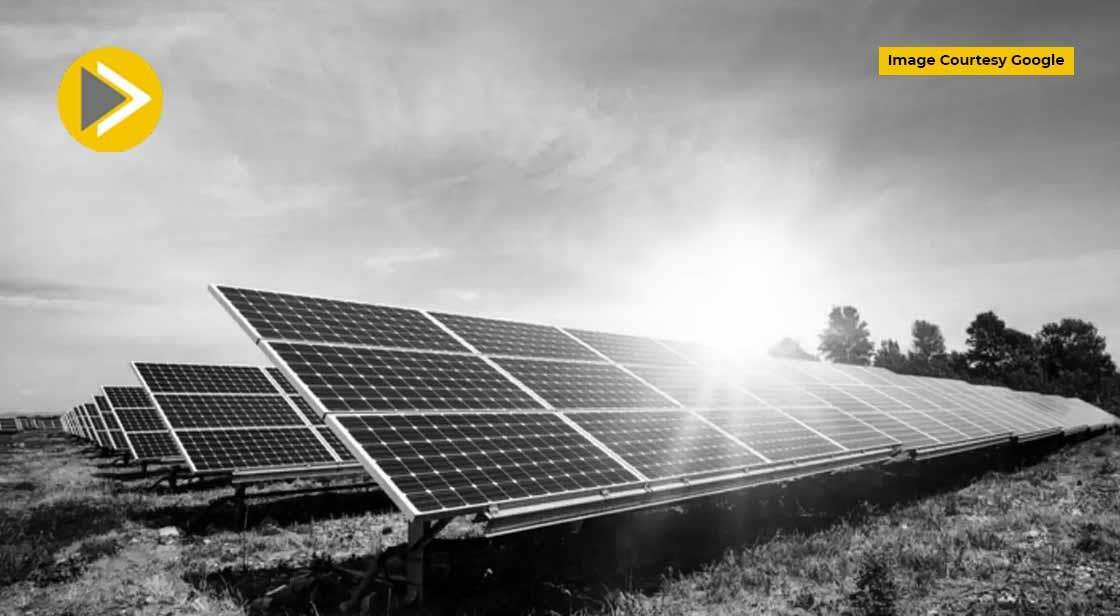India Achieves Record Solar Power Growth in 2024, Adding 25.2 GW Capacity

News Synopsis
India made significant strides in its renewable energy sector in 2024, adding a record 25.2 gigawatts (GW) of solar power capacity, according to a recent report by Mercom. This is a threefold increase compared to the 8.3 GW added in 2023, marking a new milestone in the country's push toward clean energy. The surge in installations outpaced all previous annual records, demonstrating India's commitment to solar energy expansion.
Unprecedented Growth in Large-Scale Solar Projects
In 2024, India witnessed a remarkable boost in large-scale solar installations, with 22 GW of capacity added, representing a 235% increase from the 6.6 GW installed in 2023. This significant rise was primarily due to the commissioning of previously delayed projects, which were finally brought online.
Among Indian states, Rajasthan, Gujarat, and Maharashtra led the charge in large-scale solar installations, accounting for 32%, 27%, and 8%, respectively, of the total new capacity added in 2024.
Solar Energy Dominates New Power Capacity Additions
India added a total of 34.7 GW of new power capacity in 2024, with solar energy contributing an impressive 73% of this growth. The last quarter of 2024 alone saw the addition of 7.8 GW of solar power, reflecting a 118% increase from the 3.6 GW installed in the previous quarter. Comparatively, the country had installed 1.9 GW of solar capacity in the fourth quarter of 2023, showcasing a remarkable year-on-year growth trajectory.
Record-Breaking Solar Tenders and Auctions
The Mercom report also highlighted that 2024 saw unprecedented activity in solar project tenders, with 79.3 GW of large-scale solar projects announced—the highest to date. This marks a 39% increase from the 57 GW announced in 2023. Furthermore, 48.1 GW of projects were auctioned, representing a 117% rise compared to 22.2 GW in 2023. These figures underscore the growing investor interest and government commitment to scaling up solar energy infrastructure.
Rooftop Solar Installations Surge with Government Support
The rooftop solar segment also witnessed phenomenal growth, driven by government incentives. In 2024, rooftop solar installations surged by 86% to 3.2 GW, compared to just 1.7 GW in 2023. This expansion was largely supported by the government’s PM Suryaghar Muft Bijlee Yojana, which encouraged residential solar installations.
According to Mercom, residential consumers dominated the rooftop solar sector, accounting for 74% of total installations in 2024. The industrial, commercial, and government sectors contributed 19%, 6%, and 0.8%, respectively. Leading the charge in rooftop solar capacity additions were Gujarat, Maharashtra, and Kerala, which accounted for 36%, 20%, and 9% of total installations, respectively.
Government-Driven Rooftop Solar Expansion
To further bolster solar adoption, the government issued tenders for 2.8 GW of rooftop solar capacities in 2024, marking a 136% increase from the previous year. Of this, 43% of the total tendered capacity was designated for government buildings, highlighting public sector initiatives to adopt clean energy solutions.
In the final quarter of 2024, 1.3 GW of rooftop solar capacity was added, reflecting a 64% jump compared to 791.1 MW in 2023. The previous year’s Q4 had seen only 406 MW added, making Q4 2024 the most successful quarter for rooftop solar installations to date. The PM Suryaghar Muft Bijlee Yojana played a pivotal role, driving 85% of the rooftop solar capacity additions during this period.
As of December 2024, India’s cumulative rooftop solar installations reached 13.7 GW, with Gujarat, Maharashtra, and Rajasthan leading the way.
Conclusion
India’s rapid expansion in solar power generation in 2024 underscores the nation’s commitment to achieving a sustainable and renewable energy future. The record-breaking installations in large-scale and rooftop solar projects, combined with strong government support and policy interventions, have propelled India to new heights in clean energy adoption.
With ambitious tender allocations and an increasing shift towards renewables, India is well on its way to meeting its green energy targets. As the country continues to accelerate its clean energy transition, the focus will be on ensuring efficient grid integration, financial support mechanisms, and sustained policy backing to maintain this growth momentum.
You May Like









